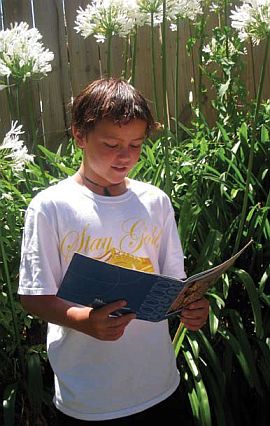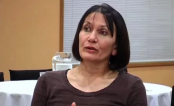Te Aho Arataki Marau mō te Ako i Te Reo Māori - Kura Auraki
Curriculum Guidelines for Teaching and Learning Te Reo Māori in English-medium Schools: Years 1-13
Curriculum guidelines 521 PDF (PDF, 4 MB)
Page navigation:
Ngā ākonga o te reo Māori
The learners of te reo Māori
A diverse range of students in schools learn te reo Māori. Programmes for te reo Māori in English-medium schools are expected to offer all students, both Māori and non-Māori, the opportunity to learn the language.
The curriculum is non-sexist, non-racist, and non-discriminatory; it ensures that students’ identities, languages, abilities, and talents are recognised and affirmed and that their learning needs are addressed.
The New Zealand Curriculum, p.9
When teachers are planning their reo Māori programmes, they need to focus on the students and take account of their diverse requirements. Students who are learning te reo Māori may have:
- a strong background in te reo Māori, where the language is the normal means of communication with whānau and other members of the Māori community
- whānau members or caregivers who use te reo Māori to communicate
- some prior experience with te reo Māori, although they do not come from homes where te reo Māori is spoken
- little experience of te reo Māori
- moved from a Māori-medium setting (for example, kura kaupapa Māori or wharekura) into an English-medium setting. (Such students are likely to be working at a higher level of proficiency in using te reo Māori than their peers.)
Within each of these groups of students, there is diversity. At all levels, students of te reo Māori are likely to show the full range of individual differences found in any group of learners. Some will have an aptitude for language, and some will have special educational needs. Some will be highly motivated to learn te reo Māori, while some may be more reserved.
For most students of te reo Māori in English-medium schools, te reo Māori will be a second or additional language. These learners include many students who identify as Māori. Teachers can encourage students to share their knowledge and ideas and can ensure that those who are already proficient in te reo Māori have opportunities to extend their knowledge. Teachers also need to be aware that Māori students have differing experiences and expertise in te reo Māori and tikanga. Effective teachers make no assumptions and gather information about each student’s personal background, prior knowledge, and willingness to take a leading role.
Te reo Māori is taught and learned in a variety of English-medium contexts (including primary, intermediate, middle, area, and secondary schools) and through a range of approaches, for example, face to face in classrooms or through distance education programmes.
Teachers are as diverse as their students. They include many non-Māori and many for whom te reo Māori is a second language. Some will be teaching te reo Māori as a subject, some will be seeking ways to integrate te reo Māori into all their teaching, and others will do both.

Many teachers will themselves be learners of te reo Māori. By sharing this with their students, they model the New Zealand Curriculum vision of lifelong learning and emphasise the value that is placed on te reo Maori. They also reinforce to their students the concept of ako – the idea that they are part of a community of learners in which each person has something to contribute. (See The concept of ako.)
These curriculum guidelines are intended primarily to support the teaching and learning of te reo Māori as an additional language and to inform teachers as they plan their programmes. They may also be a support to teachers wanting to integrate some learning of te reo Māori into other learning areas or to use the language for instruction in the classroom.
The curriculum guidelines are flexible enough to enable teachers to address the diverse strengths, needs, and interests of all their students, whatever their reasons for learning.



